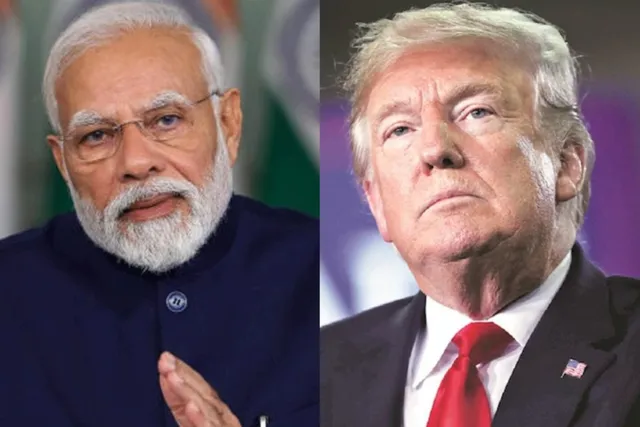India and the United States are reportedly working towards finalizing a mini trade deal, signaling a potential thaw in the long-standing trade tensions between the two democracies. While this agreement is expected to address some tariff-related issues and facilitate smoother market access for specific goods, experts caution that core trade disputes between the two nations may remain unresolved.
Limited Scope, Symbolic Gains
Sources suggest that the mini deal may focus on areas such as agricultural exports, medical equipment tariffs, and digital trade barriers. Though not comprehensive, the deal is seen as a confidence-building measure ahead of deeper negotiations. It could help restore business sentiment and stabilize bilateral trade relations, which have seen friction over the years due to retaliatory tariffs and protectionist policies.
Long-Pending Structural Issues Remain
Despite this progress, major hurdles such as intellectual property rights enforcement, data localization rules, and differences over e-commerce regulation are unlikely to be addressed in this round. Trade analysts warn that unless these broader issues are tackled, the “mega problem” in India-US trade dynamics will persist.
Strategic Interests at Play
The potential deal also has geopolitical implications, especially in the context of China\’s growing economic influence and the need for supply chain diversification. Both countries see the agreement as part of a larger effort to strengthen their strategic and economic partnership, particularly in defense, technology, and energy sectors.
Industry Reaction and Expectations
Indian exporters and U.S. businesses have welcomed the possibility of a deal but are pushing for predictable policy frameworks and reduction in non-tariff barriers. Stakeholders on both sides remain cautiously optimistic but are urging negotiators to go beyond a symbolic agreement and address the underlying structural challenges in trade and investment.
While the mini trade deal may provide short-term relief and diplomatic optics, its real test will be whether it lays the groundwork for a comprehensive trade agreement between two of the world’s largest democracies.
